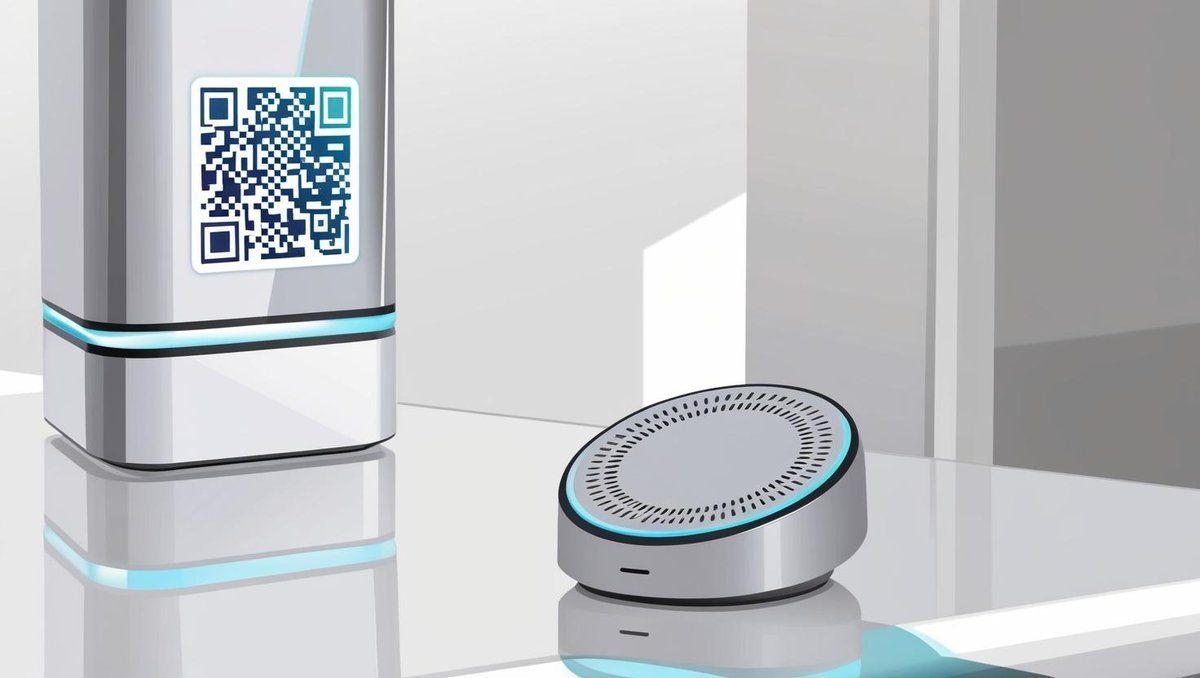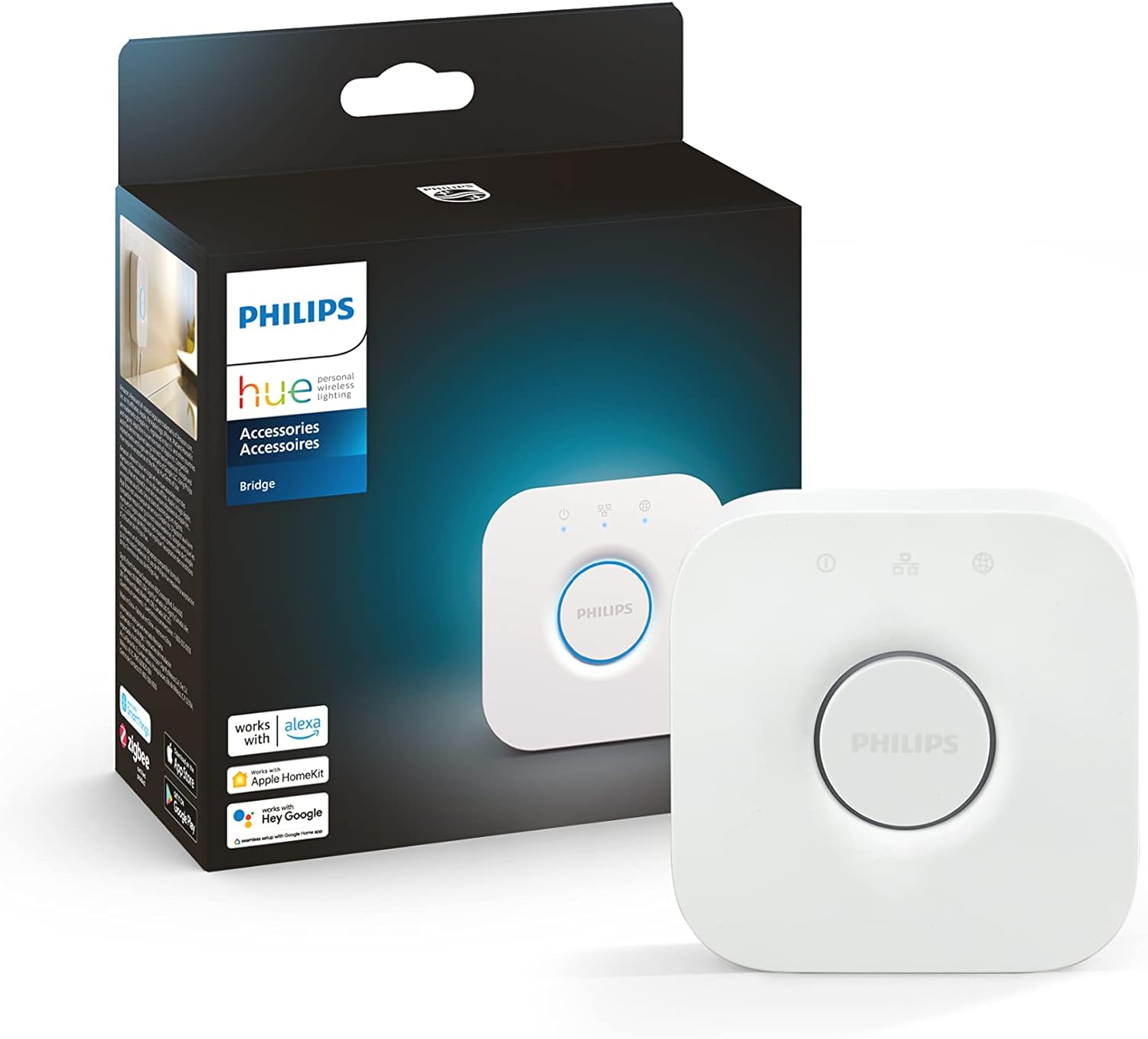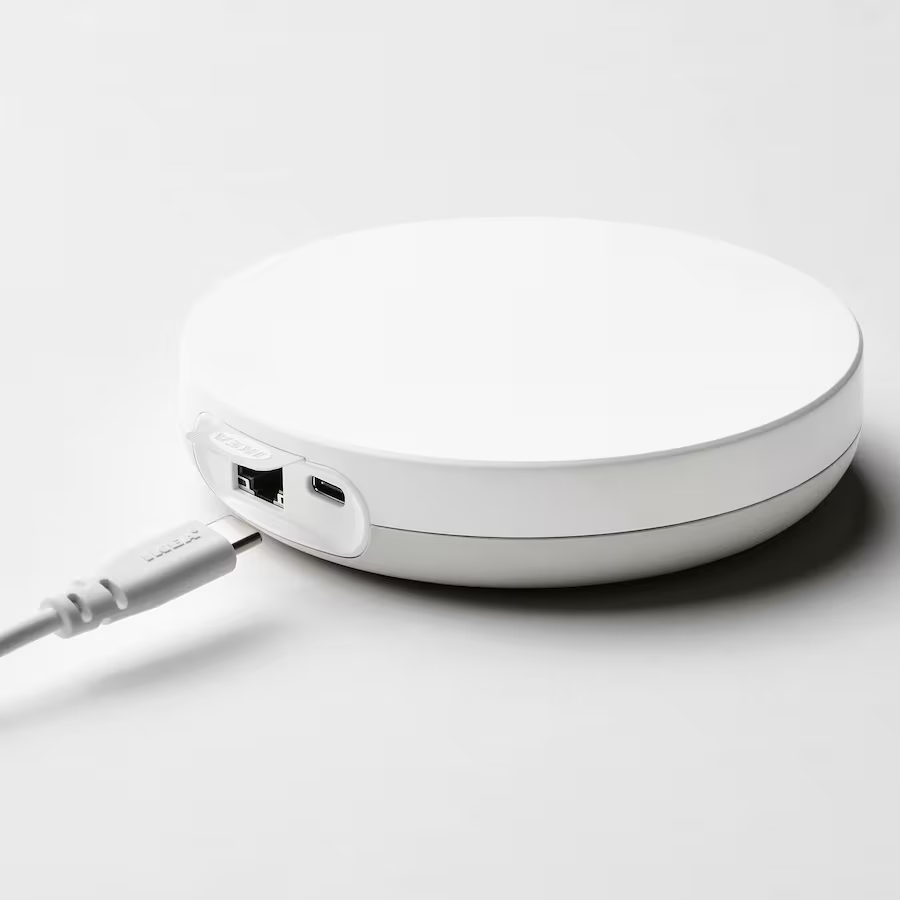In the world of smart homes, the initial setup process, known in the Matter specification as commissioning, is a critical part of the user experience. This process has been a key focus for the standard, as it is the universal entry point across platforms. And it has continuously evolved to become simpler and more versatile.
The recent revised Matter spec from the Connectivity Standard Alliance (CSA) is changing one of the most common setup methods by removing a key requirement: Bluetooth.
A more diverse setup experience
Setting up a device involves two parts: how you interact with it, and how your Matter controller discovers and adds it to your network.
The first part is easier to understand; it’s the user-facing action, like scanning a QR code, entering a numeric code, or tapping an NFC tag with an app. Behind the scenes, however, there’s more happening under the hood.

Previously, Matter controllers had two main ways to discover devices: Bluetooth or local area network (LAN) using IPv6 and mDNS. The LAN approach is typically for devices that are already attached to your home network, including Wi-Fi, Thread, or Ethernet.
For a new device, the initial setup typically relies on Bluetooth to connect it to a Wi-Fi or Thread network. Wired devices, such as the Ikea Dirigera Hub and Philips Hue Bridge, are exceptions, as they connect directly via an Ethernet cable. Once this primary network connection is established, Bluetooth is no longer used for the device’s Matter operations.
Now, a new method allows for device discovery using Wi-Fi Public Action Frames since Matter 1.4.2. When a device is in pairing mode, it sends out beacon-like messages. Meanwhile, the Matter controller listens for these messages on default Wi-Fi channels, searching for the “_matterc._udp” service. Through a series of Wi-Fi message exchanges, and after you provide the onboarding code (from a QR code, numeric code, or NFC tag), the device joins your Matter network.
During this entire process, Bluetooth is no longer required, in what the CSA is promoting as Wi-Fi-only commissioning.
Will Matter devices be more affordable?
Without the requirement for Bluetooth, vendors could save on production costs. If Bluetooth becomes optional, devices can use cheaper Wi-Fi-only chipsets, such as the older ESP8266, instead of the more popular ESP32. Well, however, it may require a customized version, as Matter is demanding on memory and flash storage that such entry-level chipsets can not meet. This is similar to how brands like Shelly work with chip vendors like Espressif on custom solutions.
Shelly 1 Gen4
The new commission method also reduces certification costs. The CSA requires Matter devices that use Bluetooth for setup to obtain a certification from the Bluetooth Special Interest Group (SIG), a process similar to how Thread is handled. And it demands extra tests and license fees.
However, even though the CSA is promoting this feature as cost-friendly, we may not see a notable price drop for Matter-over-Wi-Fi devices in the short term. This is because most mainstream smart home chipsets are packed with both Wi-Fi and Bluetooth. In the long term, we can expect this to change as chip vendors begin to provide new options for this purpose: powerful on-chip resources and minimal radio capabilities.
What about Thread and NFC setups?
Matter 1.4 introduced initial support for Near Field Communication (NFC) in a relatively simple implementation. An NFC tag contains the same information as a regular Matter QR code and still relies on Bluetooth or LAN for discovery and setup. For now, it just offers users another convenient option.
Looking ahead, Matter 1.5 could push this further. Since NFC is powerful enough for information exchange, new device setup would no longer require Bluetooth. Your smartphone could talk directly to a device with a simple tap.
Like Wi-Fi, we may also see a Thread-only device setup in the future. Thread technology allows direct communication between devices, so it’s possible to set up devices using only Thread in future Matter versions. The CSA has already put effort into standardizing Home Router Access Points and integrating Thread Border Routers more deeply into Matter.
Today, we see more mobile devices like Google Pixel and Apple iPhone coming to market equipped with Thread radios, in addition to traditional smart home hubs. They can hopefully be used to create an even better Matter setup experience down the road.
(Image Source: Pixabay/geralt)




